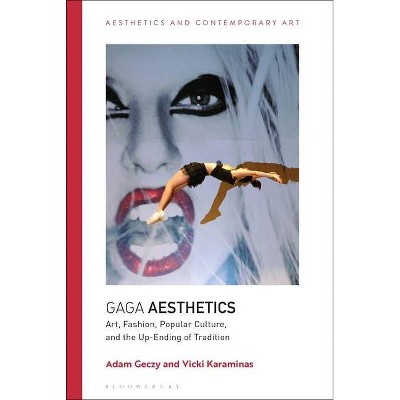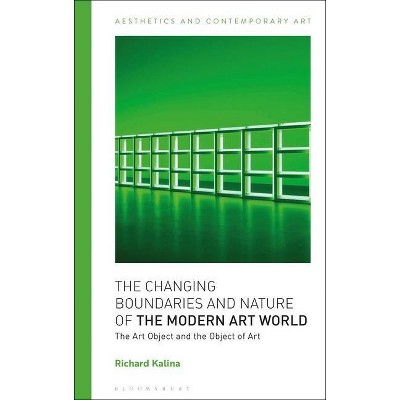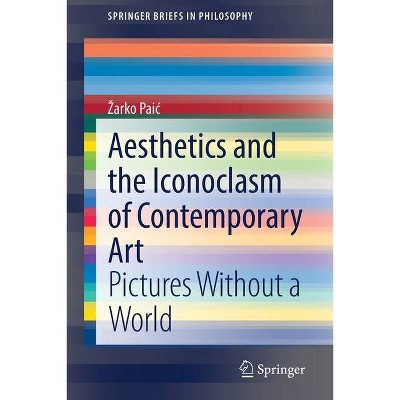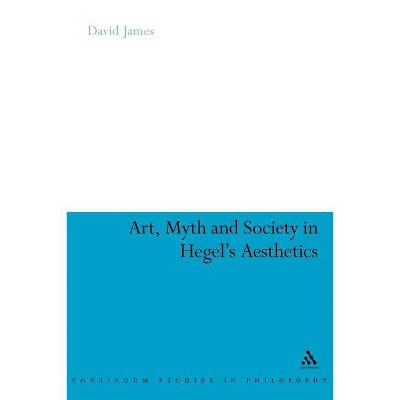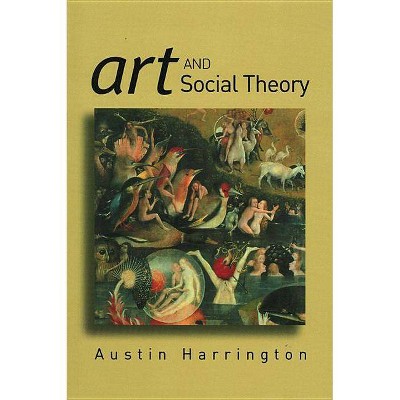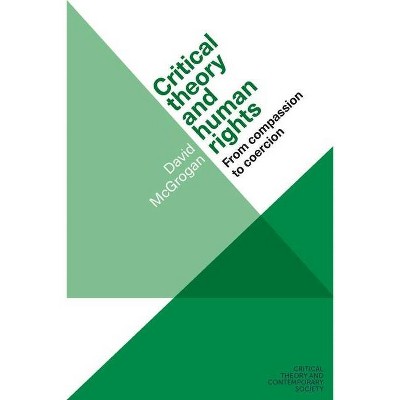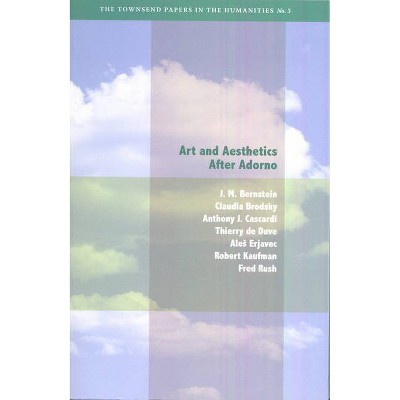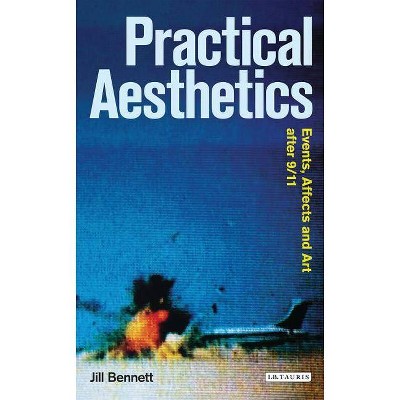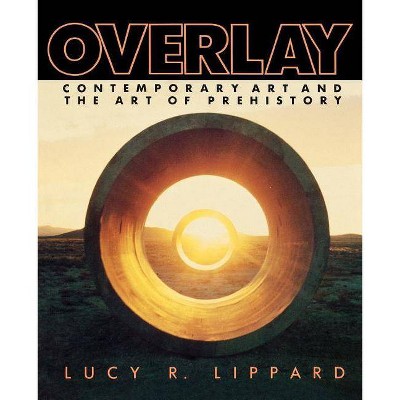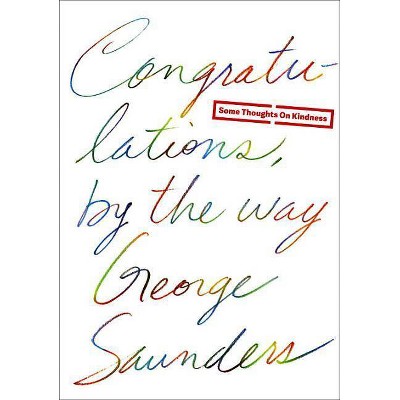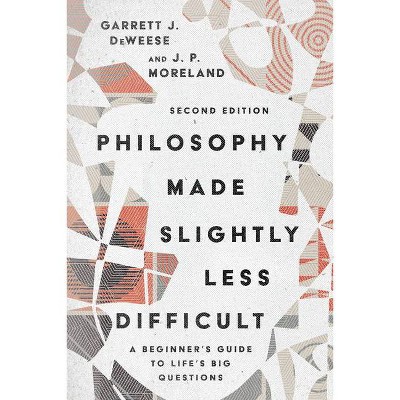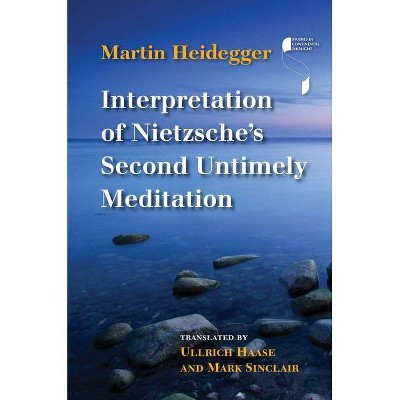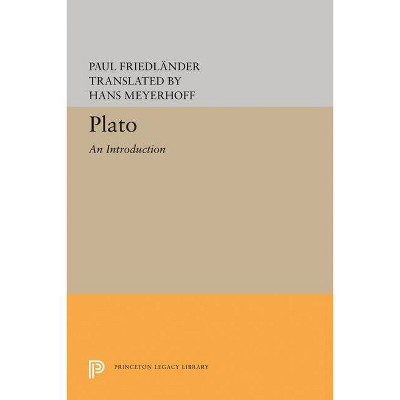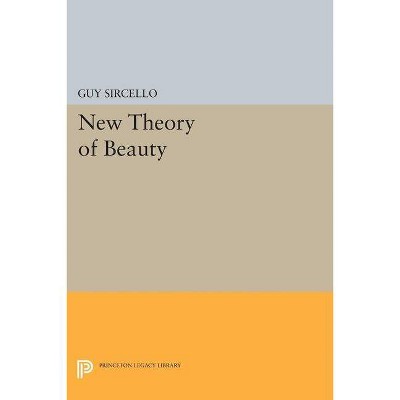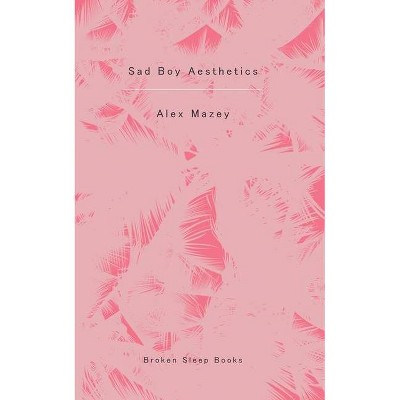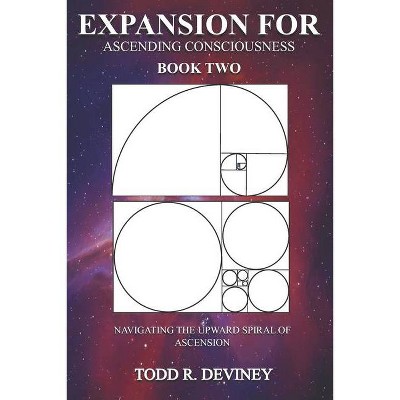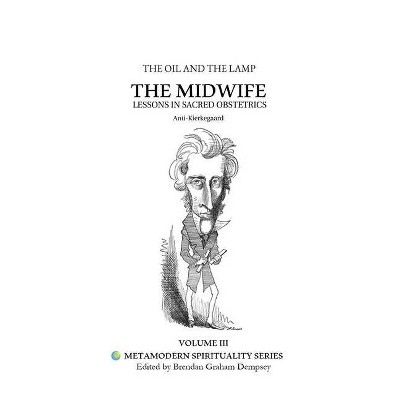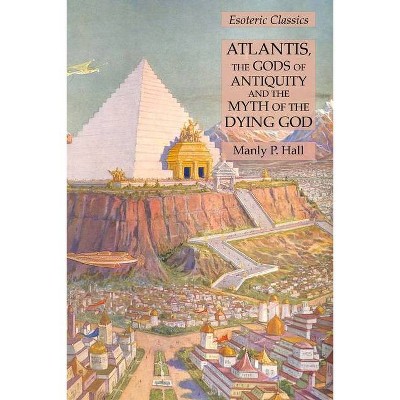Aesthetic Theory, Abstract Art, and Lawrence Carroll - (Aesthetics and Contemporary Art) by David Carrier (Paperback)

Similar Products
Products of same category from the store
AllProduct info
<p/><br></br><p><b> Book Synopsis </b></p></br></br>Boldly developing the central traditions of American modernist abstraction, Lawrence Carroll's paintings engage with a fundamental issue of aesthetic theory, the nature of the medium of painting, in highly original, frequently extraordinarily successful ways. <i>Aesthetic Theory, Abstract Art, and Lawrence Carroll</i>explains how he understands the medium of painting; shows what his art says about the identity of painting as an art; discusses the place of his paintings in the development of abstraction; and, finally, offers an interpretation of his art. The first monograph devoted to him, this philosophical commentary employs the resources of analytic aesthetics. Art historians trace the development of art, explaining how what came earlier yields to what comes later. Taking for granted that the artifacts they describe are artworks, art historians place them within the history of art. Philosophical art writers define art, explain why it has a history and identify its meaning. Pursuing that goal, <i>Aesthetic Theory, Abstract Art, and Lawrence Carroll</i> roams freely across art history, focused at some points on the story of old master painting and sometimes on the history of modernism, but looking also to contemporary art, in order to provide the fullest possible philosophical perspective on Carroll's work.<p/><br></br><p><b> Review Quotes </b></p></br></br><br>A seminal work of simply outstanding scholarship, 'Aesthetic Theory, Abstract Art, and Lawrence Carroll' is enhanced for academia with the inclusion of figures, plates, selected solo and group exhibitions, selected public and private collections, an eleven page listing of references, and a three page index ... [Very] highly recommended for community, college, and university library Art History collections in general, and Lawrence Carroll supplemental studies lists in particular.<br/>Midwest Book Review<br><br>Two retrospectives of Lawrence Carroll's abstract painting allow David Carrier to wend his way through Carroll's whole 'project' philosophically. When analytical philosophers absorbed aesthetics into 'philosophy of art, ' they pretty much stamped out delight; here however, one of their own breaks ranks, on behalf of an abstract painter who, Nietzsche would say, teaches him how to dance. Yes, Carrier discusses the nature of art per se; but he is also concerned with thinking about the 'deskilled' application of paint on a thing that takes up space but clings to the category of painting.<br/>Joseph Masheck, Professor Emeritus of Art History, Hofstra University, USA and former Editor-in-Chief of Artforum<br><p/><br></br><p><b> About the Author </b></p></br></br><b>David Carrier</b> has taught Philosophy at Pittsburgh University, USA and Art History at Cleveland, USA. A former Getty Scholar, Clark Fellow, and Senior Fellow at the National Humanities Center, he has been a lecturer in Beijing and at Princeton University.
Price History
Price Archive shows prices from various stores, lets you see history and find the cheapest. There is no actual sale on the website. For all support, inquiry and suggestion messagescommunication@pricearchive.us
